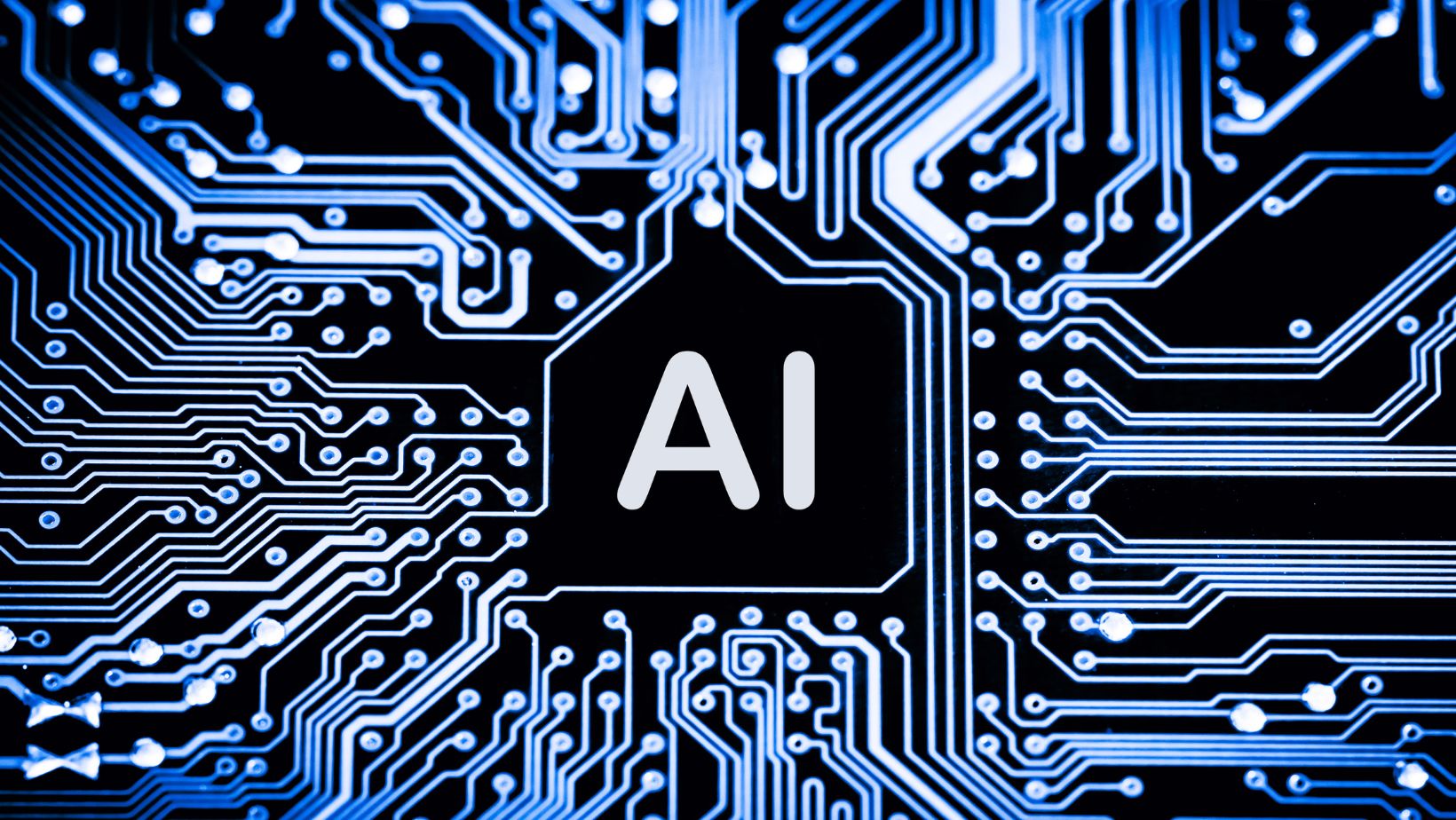
The integration of Artificial Intelligence (AI) into classroom assessments is revolutionising the way educators evaluate student performance. By harnessing the power of AI, schools can streamline assessment processes, enhance accuracy, and provide personalized learning experiences. However, to maximize the potential of AI in assessments, educators must adopt best practices that ensure effectiveness, fairness, and integrity.
Why Use AI in Classroom Assessments?
AI brings a wealth of benefits to classroom assessments. Automating grading and analysis significantly saves time for educators, allowing them to focus more on teaching and student engagement. Furthermore, AI enhances accuracy by reducing human error in marking and providing consistent evaluations across all assessments. This consistency ensures fairer outcomes for students.
Personalization is another transformative advantage of AI-powered systems. These tools can tailor feedback and learning pathways to meet the unique needs of each student, fostering a more individualized learning experience. Additionally, the scalability of AI systems makes them ideal for managing large-scale assessments. As institutions grow and accommodate larger student populations, AI offers seamless adaptability without compromising efficiency or quality.
Ideal Practices for Integrating AI in Assessments
1. Start with Clear Objectives
Before implementing AI, schools should define the specific goals they aim to achieve. Whether it’s automating grading, identifying learning gaps, or enhancing academic integrity, having clear objectives ensures that the AI tools chosen align with the institution’s needs.
2. Ensure Ethical Use of AI
AI systems must be implemented with fairness and inclusivity in mind. Educators should ensure that AI tools do not perpetuate biases or disadvantage certain groups of students.

Regular audits and feedback loops can help identify and rectify potential issues.
3. Combine AI with Human Oversight
While AI can handle many aspects of assessment, human oversight remains crucial. Teachers should review AI-generated results to ensure they align with pedagogical objectives and provide additional context where necessary.
4. Harness the Potential of Remote Proctoring
AI-powered technology has become a cornerstone for maintaining academic integrity in remote assessments. These advanced tools monitor students during exams through features like identity verification, behavioral analysis, and environment checks. They ensure fairness by flagging suspicious behavior for review while allowing educators to focus on the broader aspects of teaching.
A study published in BMC Medical Education highlights that remote proctoring enables flexible exam administration without compromising academic integrity or quality. This demonstrates the effectiveness of proctoring technology in adapting to the growing demand for scalable, remote-friendly assessment solutions, making it an indispensable tool in modern education.
5. Provide Training for Educators
To effectively integrate AI into classroom assessments, educators need proper training. Schools should invest in professional development programmes that teach teachers how to use AI tools, interpret data, and address challenges that may arise.
Examples of AI in Classroom Assessments
Adaptive Testing
AI systems can adjust the difficulty of questions in real-time based on a student’s performance. This personalized approach ensures that assessments are both challenging and supportive, providing a more accurate measure of a student’s capabilities.
Automated Grading
AI-powered tools can evaluate multiple-choice questions, essays, and even short-answer responses.

By automating these tasks, teachers can focus more on instruction and less on administrative tasks.
Predictive Analytics
AI can analyze student performance data to predict future outcomes. This helps educators identify at-risk students early and implement targeted interventions to support their learning.
Offering Transformative Potential
Integrating AI into classroom assessments offers transformative potential for educators and students alike. By adopting best practices, ensuring ethical use, and providing adequate training, schools can harness AI’s capabilities to enhance learning outcomes and maintain academic integrity. As education continues to evolve, AI-powered assessments will play an increasingly vital role in shaping the future of learning.



